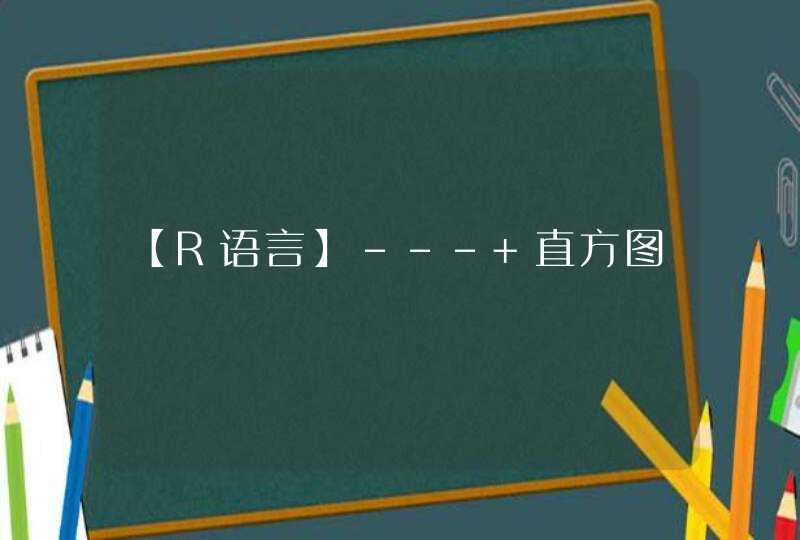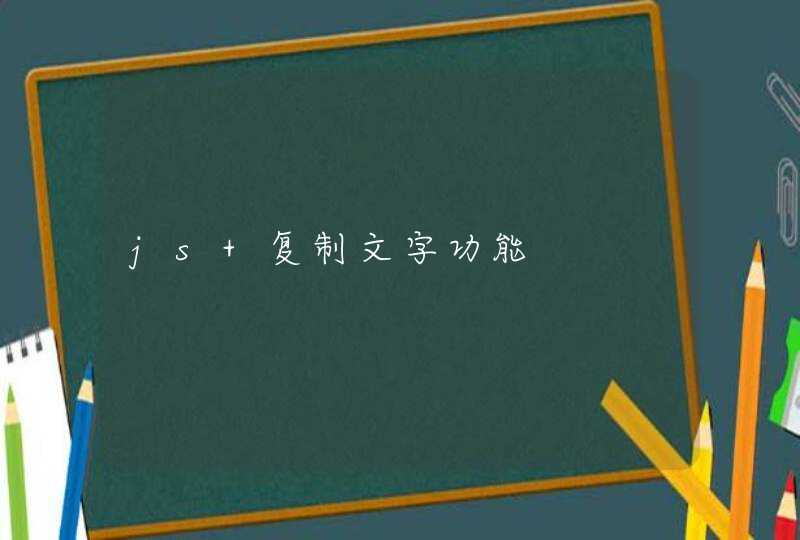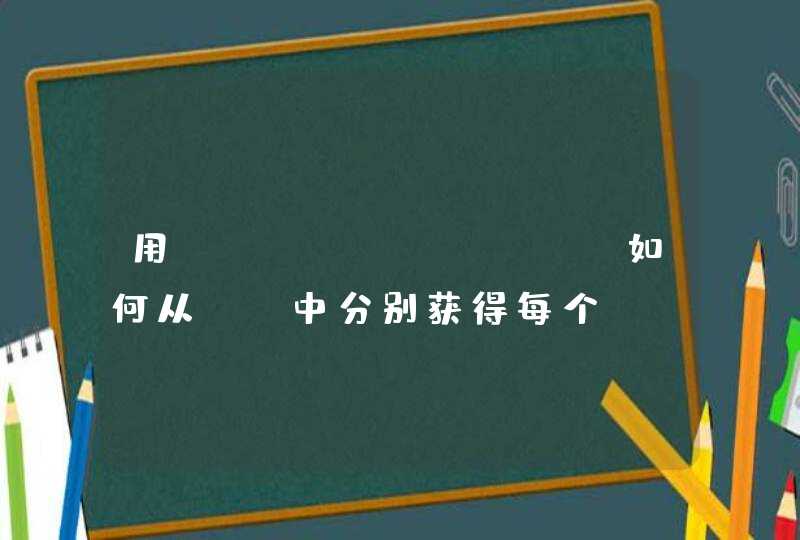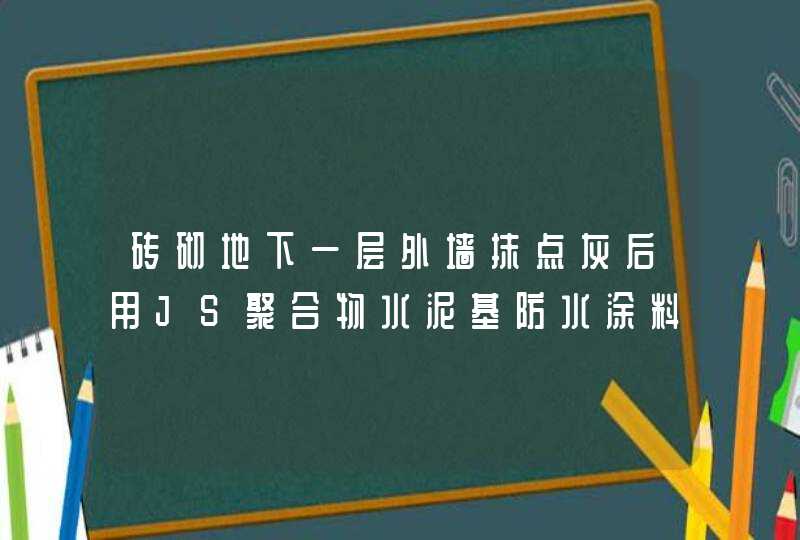
'''
计算某个特征每种属性值的卡方统计量
params:
sampleSet: 样本集
feature: 目标特征
target: 目标Y值 (0或1) Y值为二分类变量
return:
卡方统计量dataframe
feature: 特征名称
act_target_cnt: 实际坏样本数
expected_target_cnt:期望坏样本数
chi_square:卡方统计量
'''
# 计算样本期望频率
target_cnt = sampleSet[target].sum()
sample_cnt = len(sampleSet[target])
expected_ratio = target_cnt * 1.0/sample_cnt
# 对变量按属性值从大到小排序
df = sampleSet[[feature, target]]
col_value = list(set(df[feature]))
# 计算每一个属性值对应的卡方统计量等信息
chi_list = []target_list = []expected_target_list = []
for value in col_value:
df_target_cnt = df.loc[df[feature] == value, target].sum()
df_cnt = len(df.loc[df[feature] == value, target])
expected_target_cnt = df_cnt * expected_ratio
chi_square = (df_target_cnt - expected_target_cnt)**2 / expected_target_cnt
chi_list.append(chi_square)
target_list.append(df_target_cnt)
expected_target_list.append(expected_target_cnt)
# 结果输出到dataframe, 对应字段为特征属性值, 卡方统计量, 实际坏样本量, 期望坏样本量
chi_stats = pd.DataFrame({feature:col_value, 'chi_square':chi_list,
'act_target_cnt':target_list, 'expected_target_cnt':expected_target_list})
return chi_stats[[feature, 'act_target_cnt', 'expected_target_cnt', 'chi_square']]
def chiMerge_maxInterval(chi_stats, feature, maxInterval=5):
'''
卡方分箱合并--最大区间限制法
params:
chi_stats: 卡方统计量dataframe
feature: 目标特征
return:
卡方合并结果dataframe, 特征分割split_list
'''
group_cnt = len(chi_stats)
split_list = [chi_stats[feature].min()]
# 如果变量区间超过最大分箱限制,则根据合并原则进行合并
while(group_cnt >maxInterval):
min_index = chi_stats[chi_stats['chi_square']==chi_stats['chi_square'].min()].index.tolist()[0]
# 如果分箱区间在最前,则向下合并
if min_index == 0:
chi_stats = merge_chiSquare(chi_stats, min_index+1, min_index)
# 如果分箱区间在最后,则向上合并
elif min_index == group_cnt-1:
chi_stats = merge_chiSquare(chi_stats, min_index-1, min_index)
# 如果分箱区间在中间,则判断与其相邻的最小卡方的区间,然后进行合并
else:
if chi_stats.loc[min_index-1, 'chi_square'] >chi_stats.loc[min_index+1, 'chi_square']:
chi_stats = merge_chiSquare(chi_stats, min_index, min_index+1)
else:
chi_stats = merge_chiSquare(chi_stats, min_index-1, min_index)
group_cnt = len(chi_stats)
chiMerge_result = chi_stats
split_list.extend(chiMerge_result[feature].tolist())
return chiMerge_result, split_list
def chiMerge_minChiSquare(chi_stats, feature, dfree=4, cf=0.1, maxInterval=5):
'''
卡方分箱合并--卡方阈值法
params:
chi_stats: 卡方统计量dataframe
feature: 目标特征
maxInterval: 最大分箱数阈值, default 5
dfree: 自由度, 最大分箱数-1, default 4
cf: 显著性水平, default 10%
return:
卡方合并结果dataframe, 特征分割split_list
'''
threshold = get_chiSquare_distuibution(dfree, cf)
min_chiSquare = chi_stats['chi_square'].min()
group_cnt = len(chi_stats)
split_list = [chi_stats[feature].min()]
# 如果变量区间的最小卡方值小于阈值,则继续合并直到最小值大于等于阈值
while(min_chiSquare <threshold and group_cnt >maxInterval):
min_index = chi_stats[chi_stats['chi_square']==chi_stats['chi_square'].min()].index.tolist()[0]
# 如果分箱区间在最前,则向下合并
if min_index == 0:
chi_stats = merge_chiSquare(chi_stats, min_index+1, min_index)
# 如果分箱区间在最后,则向上合并
elif min_index == group_cnt-1:
chi_stats = merge_chiSquare(chi_stats, min_index-1, min_index)
# 如果分箱区间在中间,则判断与其相邻的最小卡方的区间,然后进行合并
else:
if chi_stats.loc[min_index-1, 'chi_square'] >chi_stats.loc[min_index+1, 'chi_square']:
chi_stats = merge_chiSquare(chi_stats, min_index, min_index+1)
else:
chi_stats = merge_chiSquare(chi_stats, min_index-1, min_index)
min_chiSquare = chi_stats['chi_square'].min()
group_cnt = len(chi_stats)
chiMerge_result = chi_stats
split_list.extend(chiMerge_result[feature].tolist())
return chiMerge_result, split_list
def get_chiSquare_distuibution(dfree=4, cf=0.1):
'''
根据自由度和置信度得到卡方分布和阈值
params:
dfree: 自由度, 最大分箱数-1, default 4
cf: 显著性水平, default 10%
return:
卡方阈值
'''
percents = [0.95, 0.90, 0.5, 0.1, 0.05, 0.025, 0.01, 0.005]
df = pd.DataFrame(np.array([chi2.isf(percents, df=i) for i in range(1, 30)]))
df.columns = percents
df.index = df.index+1
# 显示小数点后面数字
pd.set_option('precision', 3)
return df.loc[dfree, cf]
def merge_chiSquare(chi_result, index, mergeIndex, a = 'expected_target_cnt',
b = 'act_target_cnt', c = 'chi_square'):
'''
params:
chi_result: 待合并卡方数据集
index: 合并后的序列号
mergeIndex: 需合并的区间序号
a, b, c: 指定合并字段
return:
分箱合并后的卡方dataframe
'''
chi_result.loc[mergeIndex, a] = chi_result.loc[mergeIndex, a] + chi_result.loc[index, a]
chi_result.loc[mergeIndex, b] = chi_result.loc[mergeIndex, b] + chi_result.loc[index, b]
chi_result.loc[mergeIndex, c] = (chi_result.loc[mergeIndex, b] - chi_result.loc[mergeIndex, a])**2 /chi_result.loc[mergeIndex, a]
chi_result = chi_result.drop([index])
chi_result = chi_result.reset_index(drop=True)
return chi_result
for col in bin_col:
chi_stats = calc_chiSquare(exp_f_data_label_dr, col, 'label')
chiMerge_result, split_list = chiMerge_maxInterval(chi_stats, col, maxInterval=5)
print(col, 'feature maybe split like this:', split_list)
其实任何开发工具只是把算法变成代码,根本上是你要想清楚如何分箱。你所需要的最优分箱应该是从所有分箱的可能中找到具有最小方差的方案,分箱的数量通常按照等频或者等宽划分,还是要预设或者通过最优化计算得到。
然后,对应每种分箱方法计算其方差,你找到找到相应的函数,把这个方差的计算方法实现代码。
对Python完全不熟,帮不了你。你可以搜一些代码,自己调试和验证一下





































































